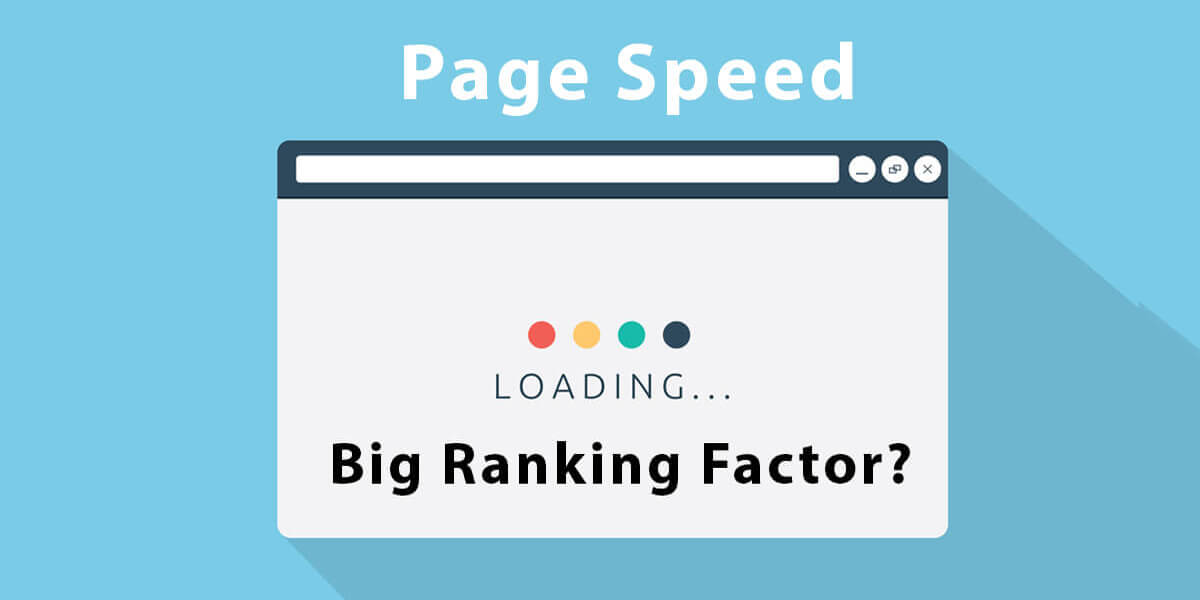
In this article, we’ll discuss the significance of website speed for small businesses and venture into the realm of website speed optimization services that can increase performance and improve the user experience.
Understanding Website Speed Optimization:
Website speed optimization provides substantial benefits for small businesses. Initially, a quicker website enhances the user experience by decreasing bounce rates and increasing overall engagement. A seamless experience encourages visitors to explore additional pages, resulting in increased conversion rates and sales. Moreover, search engines such as Google use website speed as a ranking factor, so quicker websites are more likely to rank higher in search results and attract more organic traffic.

Benefits Of Website Speed Optimization Services:
Enhanced User Experience: Users are adapted to immediate gratification and have little tolerance for websites that render slowly. Even a one-second delay in page display time can increase exit rates and decrease user engagement. Users are more likely to remain on the website for longer, investigate more pages, and ultimately convert into customers when rendering times are reduced.
Increased Conversions and Sales: It is impossible to exaggerate the impact of website performance on conversion rates and sales. A website that loads slowly can considerably hamper conversion, resulting in revenue loss. By optimizing website performance, businesses can reduce discord in the conversion funnel, streamline the user experience, and ultimately increase sales.
Improved Search Engine Rankings: Search engines, particularly Google, consider website performance as a ranking factor. Websites that display more quickly are more likely to rank higher in search engine results, resulting in increased exposure and organic traffic. By investing in speed optimization services, businesses can increase their possibilities of ranking on the first page of search engine results.
Lower Bounce Rates: A slow-loading website frequently results in higher bounce rates, in which visitors abandon the site without interacting with it further. Bounce rates not only indicate a missed opportunity for conversions but also signify to search engines that the website may not provide an adequate user experience. Lower bounce rates improve search engine rankings and increases conversion.

Common Speed Optimization Techniques:
Minifying and Compressing Files:
It decreases file size and speeds up loading times. Compressing files, on the other hand, involves employing algorithms such as GZIP compression to reduce file sizes even further during transmission. Smaller files necessitate less bandwidth, resulting in quicker loading times for users.
Optimizing Images:
Resizing images to the required dimensions, selecting the appropriate image format (such as JPEG, PNG, or SVG), and employing compression tools or plugins all help to reduce file sizes. Moreover, enabling lazy loading, in which images load as the user scrolls down the page, can improve website performance further.
Implementing Browser Caching:
It expedites succeeding page visits and improves the navigational experience for returning visitors. Setting cache control directives on the server or using caching extensions are required to implement browser caching.
Enabling GZIP Compression:
When a user queries a page, the browser receives the compressed files and decompresses them prior to rendering. This method significantly reduces file sizes and accelerates website resource delivery.
Leveraging Content Delivery Networks (CDNs):
By utilizing CDNs, website owners can decrease the physical distance between users and server resources, resulting in speedier delivery of content. CDNs reduce the burden on the main server and enhance website performance, particularly for global audiences.
Reducing Server Response Time:
Improving Code Efficiency:

Hiring Website Speed Optimization Services:
Small business proprietors can employ certain optimization techniques, such as image compression and browser caching, on their own websites. However, working with a professional service provider grants access to specialized knowledge and guarantees comprehensive optimization. Get started with us for implementing optimization strategies, allowing for seamless integration without affecting website functionality.
Conclusion
Investing in website speed optimization services provides numerous advantages for modest enterprises. From enhancing user experience and increasing conversions to boosting search engine rankings and obtaining a competitive advantage, the significance of a quick website cannot be overstated. By prioritizing website speed optimization, businesses can establish a positive online presence, and achieve long-term success.
